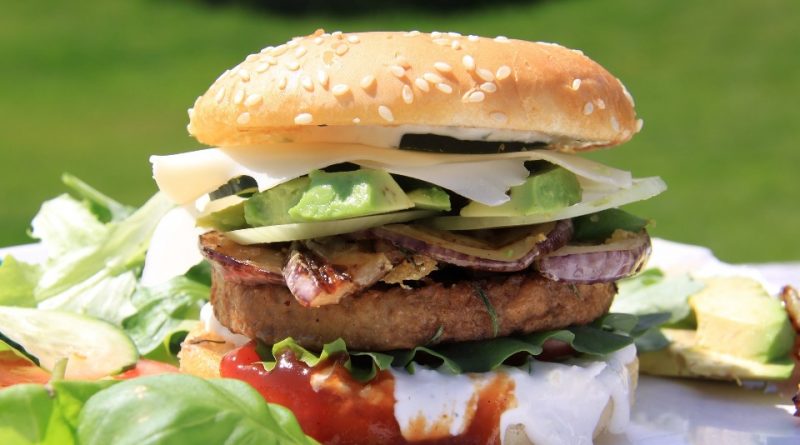The foods we shouldn’t be eating
The foods we shouldn’t be eating
The presence of carbon dioxide in the atmosphere is due to both natural causes (including: volcanoes, geysers, fumaroles and dissolution of carbonate rocks) and anthropogenic causes (including coal-fired power plants, vehicle pollution, deforestation, agriculture etc.).
All these activities have caused an increase, among other greenhouse gases, in carbon dioxide which today has reached 387 parts per million (ppm) which, as shown by the most advanced scientific research, is certainly the highest of the last 800 thousand years and, in all probability, the last 20 million years.
Can we change this trend with our choices?
The answer is yes, and the impact of our choices will be greater as our consciences are awake.
In fact, we talked about how our food habits can provoke a change in the law of supply and demand for agricultural products and how this changes the production guidelines and agricultural organizations of entire countries.
In fact, the production of one kg of any agricultural or zootechnical product, beyond the modalities with which we produce them which will be the subject of a forthcoming contribution, affects the oxygen / carbon dioxide balance differently, with different consequences on climate change.
We need to know that, e.g. the greenhouse production of 1 kg of tomatoes releases 3.5 kg of CO2eq, compared to less than 0.05 kg of the same quantity of tomatoes produced in a field, a difference of 70 times. What does this mean in practice? That when we eat tomatoes out of season, therefore almost certainly produced in the greenhouse, in addition to food-related matters, of which I do not go into the matter, we are the architects, with our choice, of a disproportionate emission of CO2 into the atmosphere.
It is also essential from an ecological point of view to learn to eat less meat. The livestock production sector accounts for 18% of total greenhouse gas emissions from human activities.
To this we must then add the CO2 emission linked to the system and the transport distance.
Watch the video on the subject and subscribe to the Youtube channel
Above all, the air transport of valuable food products (such as strawberries, apples, tomatoes, asparagus, courgettes, etc.) from one end of the planet to the other can generate approximately 1,700 times more CO2 emissions than transport by truck for 50 km.
Among the agricultural products that pollute the most we have, in the first place, the cherries of Chile: a kilo of this fruit travels almost 12 thousand kilometers to arrive in Italy, with a consumption of 6.9 kg of oil and with the emission of 21.6 kg of CO2.
In second place are blueberries from Argentina, in fact a kilo of this product covering more than 11,178 kilometers consumes 6.4 kg of oil and produces 20.1 kg of CO2.
Come on, let’s find other products, which you can find in detail in the following link, but the essential and summary question of the whole problem can be summarized in a few points:
• First of all, we should focus on purchasing products that have been produced not far from us; that’s why it is important to read the label with the data relating to traceability;
• When we have to buy meat, we should check that these farms have been conducted extensively, therefore with a well-being of the animals bred and not coming from intensive farms, where we also feed ourselves from an organoleptic point of view…. of things that have nothing to do with healthy eating;
• We should buy products from organic agriculture or otherwise obtained with low environmental impact techniques and here, apart from certification on organic products, everything else is somewhat complicated, especially for those who are not familiar with these issues; the use of various insecticides and pesticides, today is one of the causes, still underestimated, of changes in the ecosystem, with the consequent O / CO2 balance in favor of the latter and therefore consequent climate change.
Guido Bissanti

